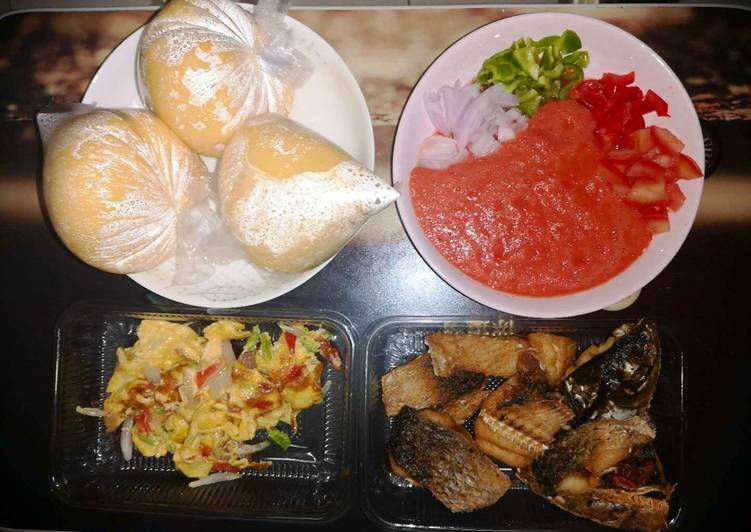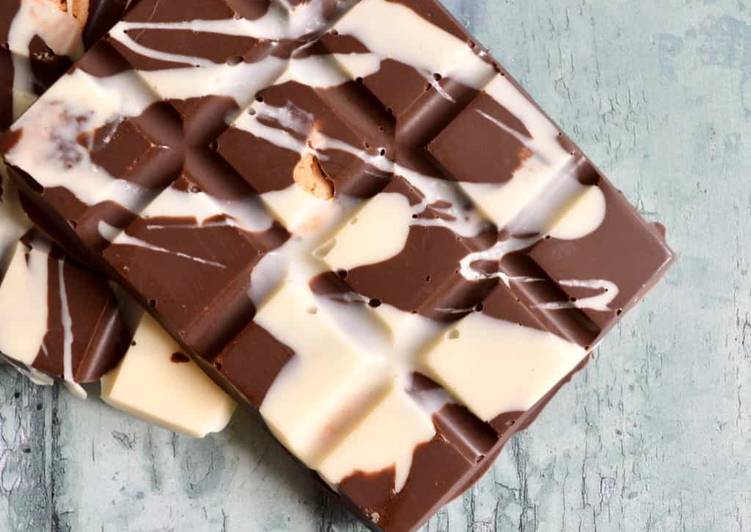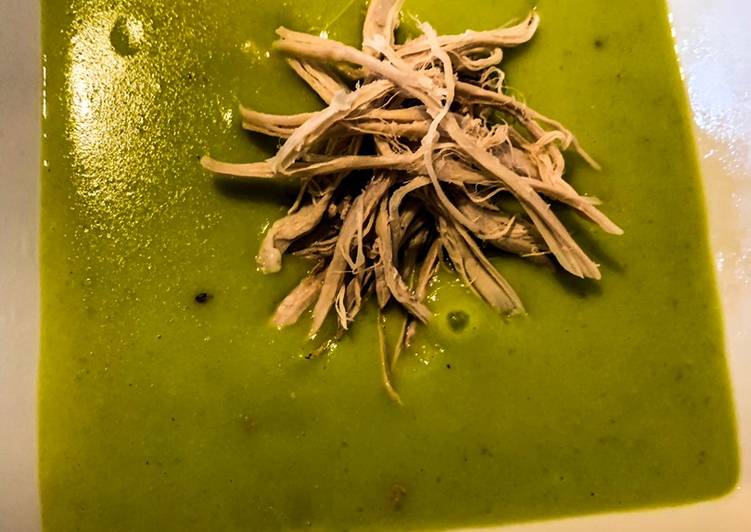
Hello everybody, it is me, Dave, welcome to my recipe page. Today, I will show you a way to prepare a distinctive dish, banku (stirred fermented corn dough). It is one of my favorites food recipes. For mine, I will make it a little bit unique. This is gonna smell and look delicious.
Fermented corn dough can either be homemade, bought frozen, or prepared from a powder mix. If using powdered "instant" banku, first add water to make the dough, then proceed as with already prepared dough. It is distinguished by its sour taste, which comes from several days of fermentation of the corn to make corn dough. Banku is a Ghanaian dish which is cooked by a proportionate mixture of fermented corn and cassava dough in hot water into a smooth, whitish paste, served with soup, okra stew or a pepper sauce with fish.
Banku (Stirred Fermented Corn Dough) is one of the most well liked of current trending meals on earth. It’s appreciated by millions every day. It’s easy, it’s quick, it tastes delicious. Banku (Stirred Fermented Corn Dough) is something that I’ve loved my entire life. They’re fine and they look fantastic.
To get started with this recipe, we have to first prepare a few components. You can cook banku (stirred fermented corn dough) using 2 ingredients and 6 steps. Here is how you can achieve it.
The ingredients needed to make Banku (Stirred Fermented Corn Dough):
- Make ready 1-1/2 cups homemade fermented corn dough, with any mold scraped off, or frozen packaged banku dough (corn and cassava), defrosted
- Prepare 1 tsp salt
Note that it takes several days before the fermented dough is ready to use. Most banku varieties today are made from a combination of corn dough and cassava. Add salt (Make sure it has a thicker consistency). Put the mixture on fire and stir with wooden label continuously to avoid it forming lumps Banku is an energy giving food, carbohydrates.
Instructions to make Banku (Stirred Fermented Corn Dough):
- In a 3-quart saucepan with a handle, mix the dough with 1-1/2 cups water by hand or with a wire whisk to make a smooth paste. Mix in the salt.
- Put on the stove to heat on medium-high, stirring constantly with the whisk or with a stirring stick or very strong wooden spoon. After 5 minutes, the mixture should begin to thicken. Lower the heat to medium and switch over to a stirring stick or wooden spoon if previously using a whisk.
- Continue to cook, stirring constantly to keep it from forming lumps, scraping the bottom of the pan and turning the dough as it cooks, also pressing it against the sides of the pan. After another 5 minutes, turn the heat to low and continue stirring and turning.
- Scrape the spoon against the side of the saucepan occasionally and mix the scrapings into the dough. If necessary, add a little water around the edges of the pan to keep it from scorching, and/or turn down the heat.
- The banku should be quite stiff within 15 to 20 minutes on the stove. Remove it from the heat and let it sit a few minutes. When it is cool enough to handle, wet your hands and shape the banku into one large or several small loaves for individual servings.
- To serve: Banku is usually eaten warm or lukewarm. It is a classic accompaniment to eggplant and okra stews,and can also be eaten with a pepper sauce and/or shito.
Add salt (Make sure it has a thicker consistency). Put the mixture on fire and stir with wooden label continuously to avoid it forming lumps Banku is an energy giving food, carbohydrates. It is prepared from proportional corn dough and cassava tuber mixture. The Banku flour maize have to be fermented. Read on to get to know how to make banku mix of hot pepper.
So that is going to wrap this up for this special food banku (stirred fermented corn dough) recipe. Thank you very much for your time. I’m confident that you will make this at home. There’s gonna be interesting food at home recipes coming up. Remember to save this page on your browser, and share it to your family, colleague and friends. Thank you for reading. Go on get cooking!

